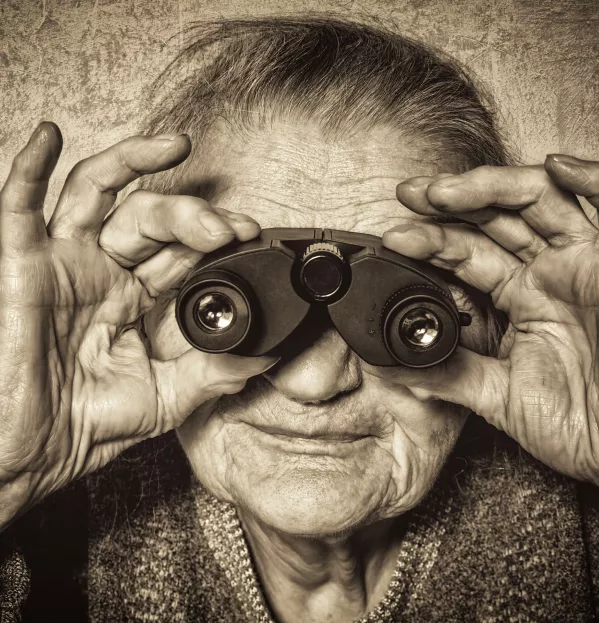Interviewing for a new job is always daunting, but in teaching, there is one component that can be particularly nerve-wracking: the lesson observation.
It’s incredibly difficult to plan a lesson for 30 children you’ve never met, even with information sent beforehand about numbers of new arrivals, pupils with SEND and available resources.
As a hiring manager, this presents a problem: how do you know if you are seeing the candidate teaching authentically? Time and time again, I’ve seen teachers get flustered and struggle to deliver the lesson they wanted.
In 2017, I decided it was time for a change. Instead of asking teachers to come to our school for these observations, we began to go to theirs.
Lesson observations: an alternative approach
So how does it work? The first step is to contact the teacher and arrange it with them via email or on the phone. We do this ourselves rather than delegating it to a member of our office team, just because we know what is easy to move around in our diaries. It usually takes a few days to organise because teachers need to ask their current school, but we’ve never had a headteacher say no.
We ask to see an English or maths lesson of their choice depending on what the children are currently learning and usually observe for 30-45 minutes. It can be a little longer if we want to see what the children have produced, and for an early years foundation stage role, in particular, we like to have time to walk around the classroom, looking at the provision.
We don’t grade teachers. Instead, we focus on five key areas of their delivery:
- The relationships with their class and any additional adults in the classroom
- Their expectations on the children in their class
- Their subject knowledge on the content they are teaching
- What provision they have planned for the learning to meet all the pupils’ needs including any differentiation, scaffolds or additional challenges
- What they are doing while the children are getting on with the learning - for example, do they work with a specific group or walk around the classroom? Do they spot misconceptions? How do they address these? Do they give immediate verbal feedback?
We also ask the children about their learning and which subjects they enjoy the most.
Where possible, we try to do the observation before the formal interview back at our school, so we can ask follow-up questions about what we’ve seen, such as what they think went well, what they would do differently, and anything specific related to the learning that we might have noticed.
More teaching and learning:
Challenges with external observations
This approach isn’t always easy. Location can be an issue. So far, we’ve travelled across London and out to Hertfordshire.
It’s also a challenge to fit the interviews into our working week, as we aim to shortlist at least three candidates. But we are very flexible and would rather move things around if it means recruiting a really great teacher for our pupils.
This year, for example, we interviewed a candidate online and a few days later went to observe them. Following the observation, we met for 10 minutes, which was pre-arranged, to discuss the lesson.
Even with this flexibility, the process doesn’t work for everyone, though. At the time of applying, some trainee teachers have already finished their final placements and so are not currently in schools where we can observe them. These candidates have been invited to our school for an interview lesson instead.
Despite these challenges, the difference we’ve seen in the quality of teaching in interview lessons has been brilliant.
Teachers are much more comfortable - they know their class and what works for them in terms of behaviour expectations and routines. It means that we see a lesson within a sequence, rather than a standalone one in which the needs of the children aren’t fully being met, and we get to witness the relationship between the teacher and their pupils.
This approach also gives teachers the opportunity to show us things they want us to see: displays, learning and progress in books they are proud of. We wouldn’t be able to see these things if they came to our school unless they brought photos or evidence with them.
It has been five years and we haven’t looked back. It’s a better experience for the candidates, and it means we have been able to recruit really excellent teachers for our students.
Lori Greenglass is the co-headteacher at Clifton Primary School, Southall




